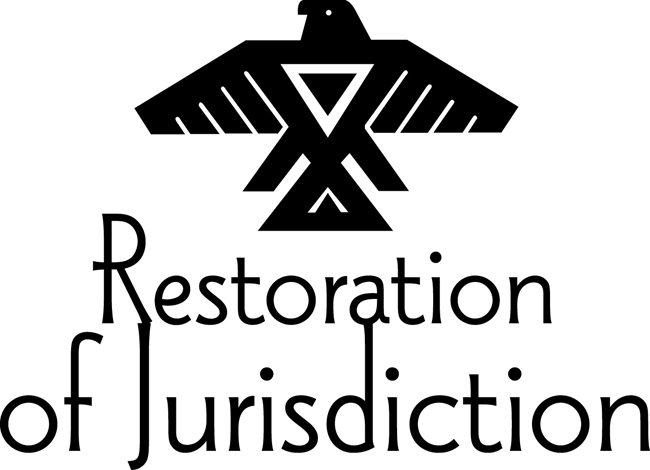Anishinabek have always had a system of governance
 The Restoration of Jurisdiction’s Constitution Development Project works to support Anishinabek communities with the development of their First Nation constitutions.
The Restoration of Jurisdiction’s Constitution Development Project works to support Anishinabek communities with the development of their First Nation constitutions.
Many First Nations have been working on their community constitutions consistently throughout the years while other First Nations are just getting started or trying to dust off the old file.
The project has been supporting communities from one end of the province to the other, within the four directions of the Anishinabek Nation. Many communities are learning the benefits of a constitution and understand its purpose which is basically to improve governance and exercise inherent rights.
Mike Restoule, Director of Restoration of Jurisdiction – Union of Ontario Indians says, “Since time immemorial, the Anishinabek had systems of governance, formal processes and rules for operations of a constitutional nature and these formal processes have been orally communicated throughout history. In today’s modern society, we rely more on the written word, so we are finding ways to incorporate our own systems of governance and formal processes that include our tradition and culture through a First Nation constitution.”
Faye Sabourin, Constitution Development Coordinator, Restoration of Jurisdiction for the UOI reminds First Nations that there is no right or wrong way to develop a First Nation constitution. Every community has a different set of priorities and assorted practices and policies which will guide their own constitution development process. Below is the standard process that is occurring throughout the territory.
Five Stages of Constitution Building
Phase One – initial stage; citizens are learning what a constitution is and its benefits through constitutional presentations; interests is growing; commitment is made; constitution committee is appointed; work plan is developed.
Phase Two – drafting stage; committee is engaging citizens; input and suggestions are gathered; brainstorming is occurring; provisions and/or articles are written:
Preamble
Founding Provisions: people, land, values
Supreme Law
Language and Culture
Rights
Citizenship
First Nation Government: principles of leadership, management and operation, elections, accountability, delegation of authority
First Nation Jurisdiction: law-making process and law-making powers
Public Administration: principles and policies of band administration
Other Institutions: boards, committees, commissions, tribunals, corporations and authorities
Conflict of Interest
Dispute Resolution
Constitutional Amendment
Phase Three – consultation stage; final draft is presented; community engagement is occurring; information sessions and focus groups are facilitated; input and suggestions are considered; amendments are drafted; legal reviews are conducted; final approval is sought.
Phase Four – ratification stage; ratification plan is implemented; pre-ratification activities are conducted; communication tools are utilized; ratification vote is held.
Phase Five – implementation stage; current policies, procedures, codes and laws are reviewed; new policies, procedures, codes and laws are developed; community lives by ratified Constitution.
If you are interested in learning more about constitution building or would like to get involved contact your First Nation administration or Faye Sabourin, Constitution Development Coordinator at the Restoration of Jurisdiction, UOI – 1-877-702-5200 Ext. 2316 or faye.sabourin@anishinabek.ca.


